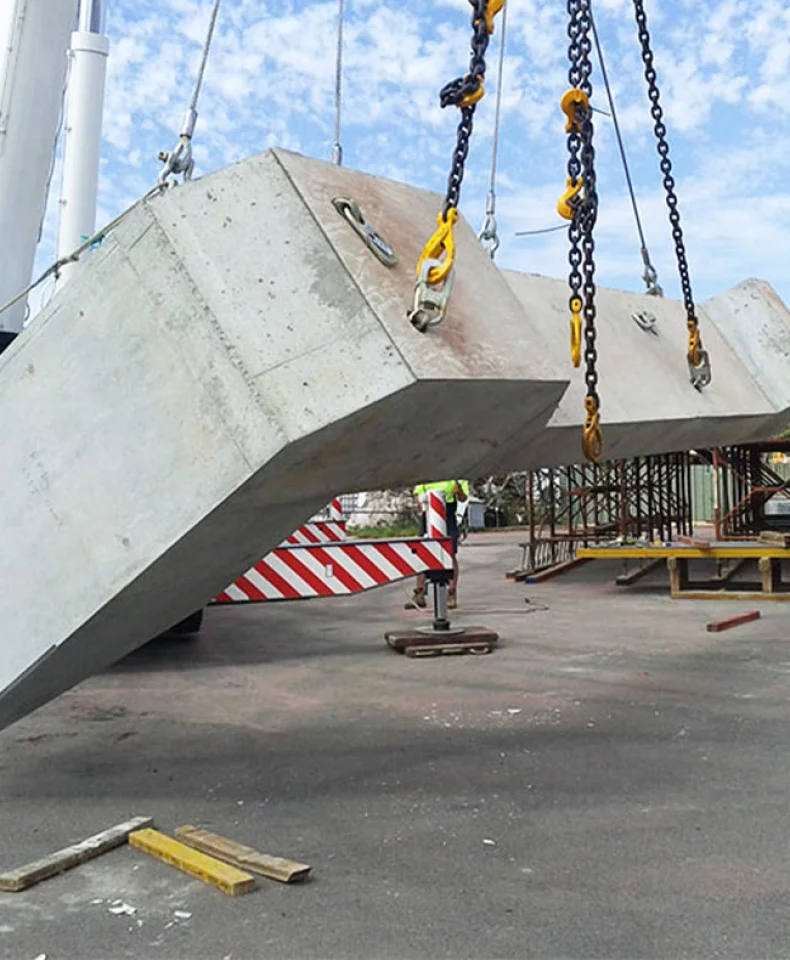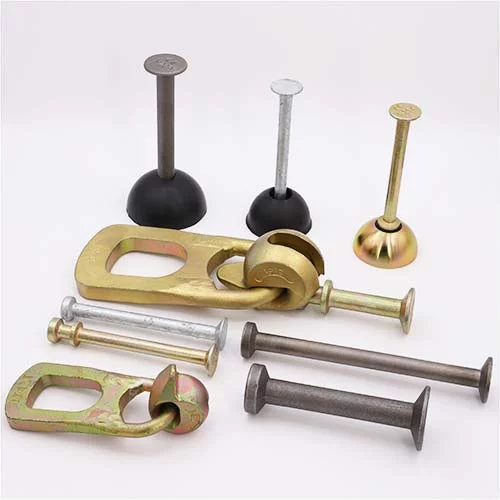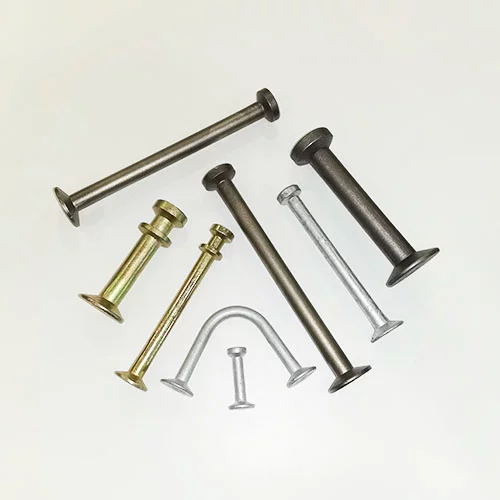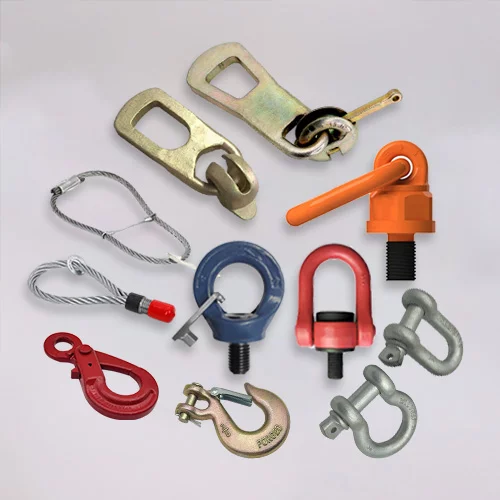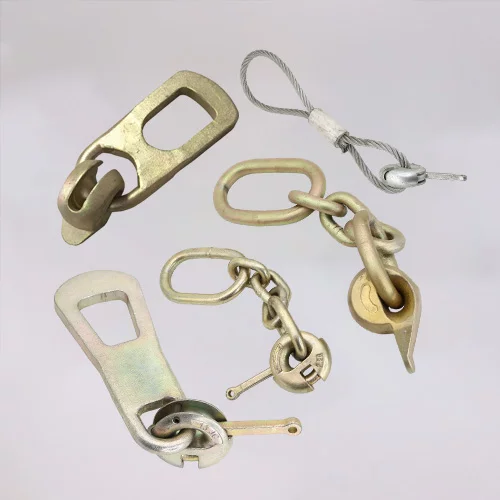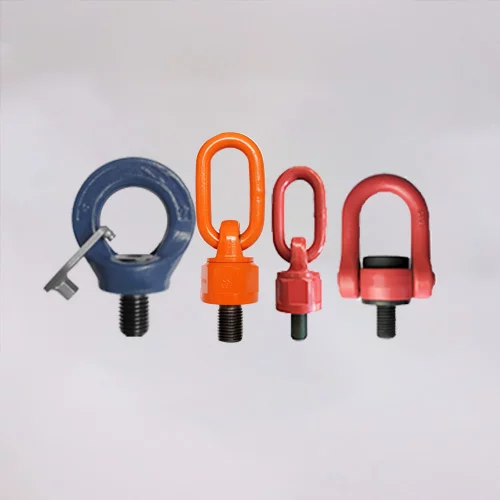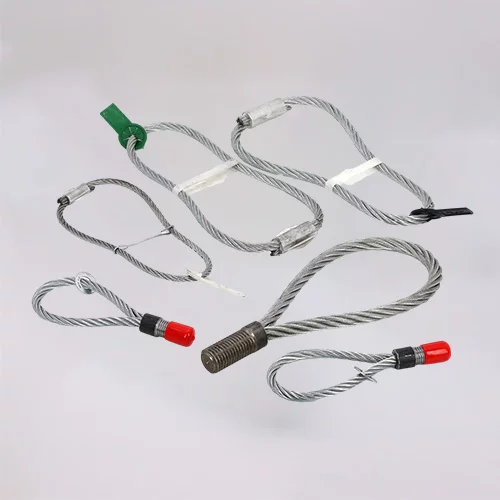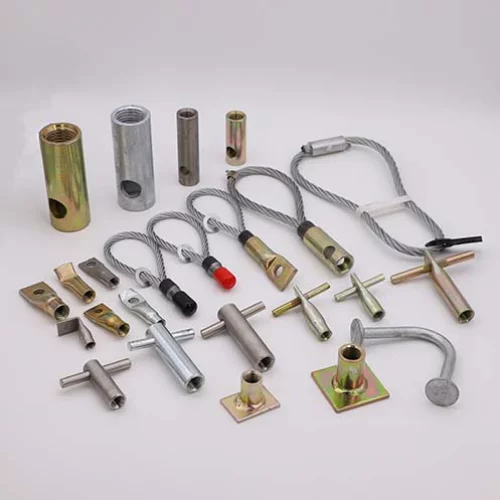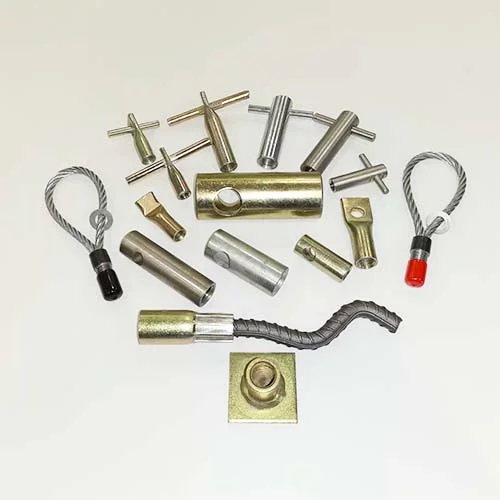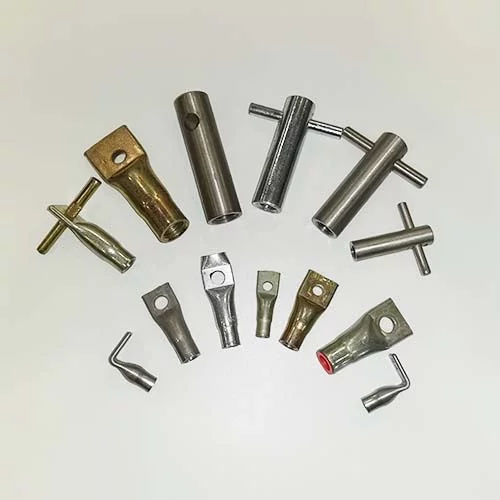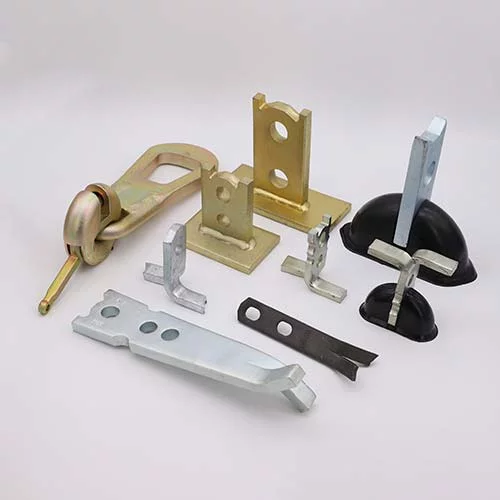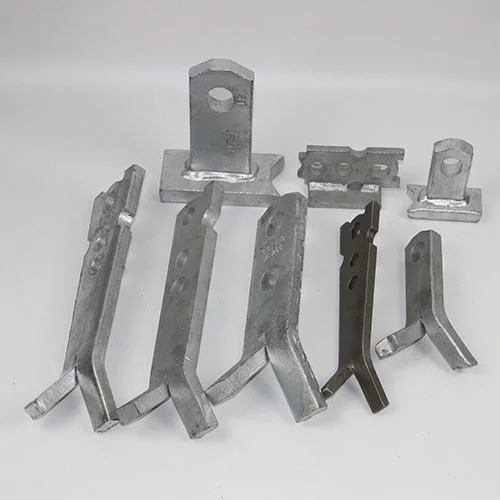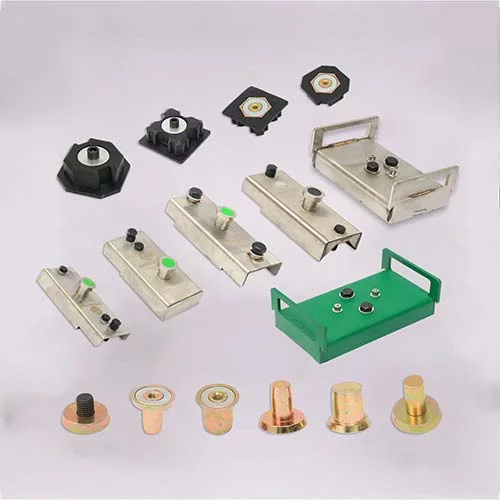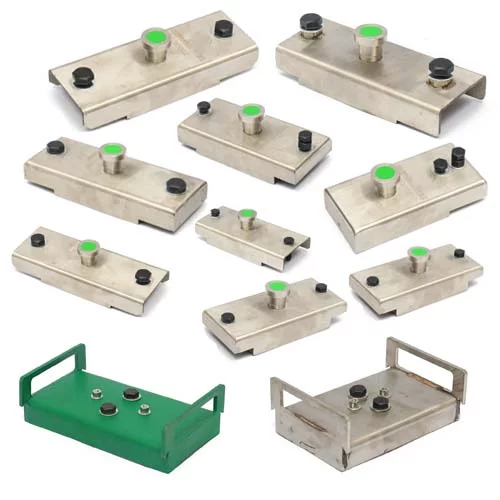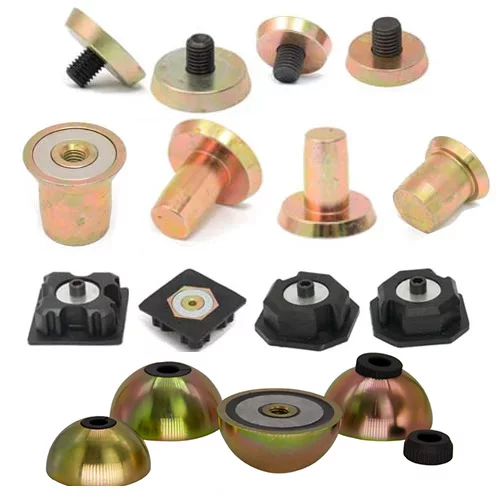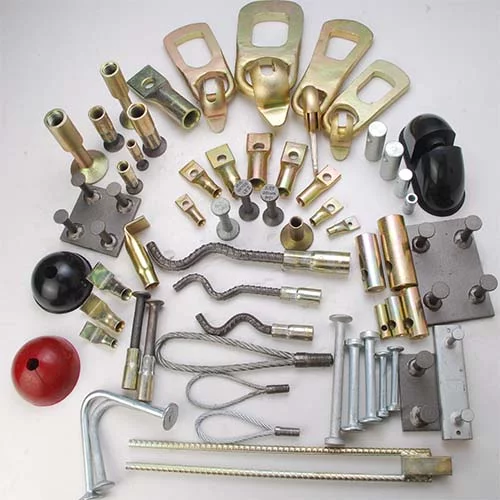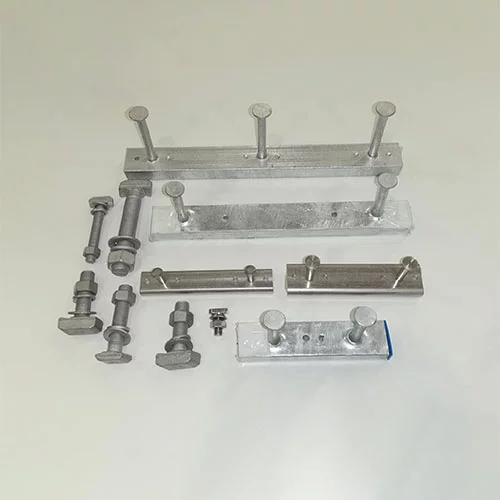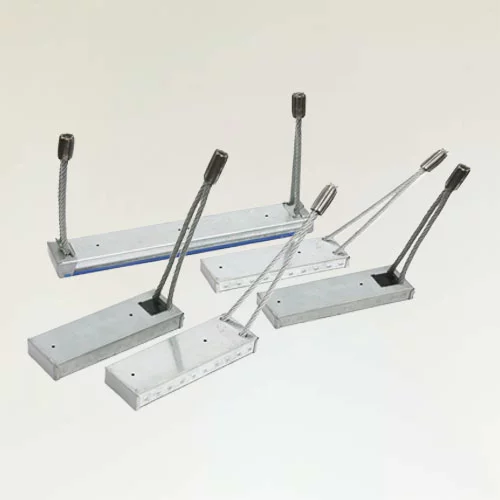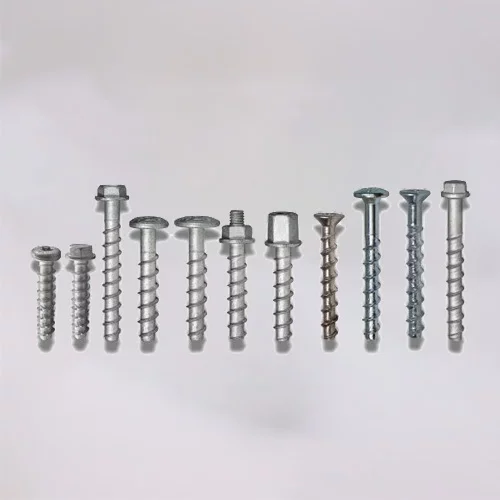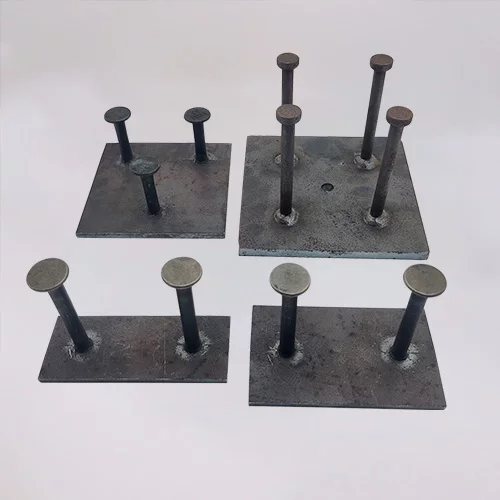How Much Do You Know About Single Wire Rope Loop Box?

In the world of precast concrete construction, connection integrity is everything. As structures grow taller, heavier, and more complex, so does the need for reliable, high-performance joining solutions. One such innovation that has revolutionized the industry is the Single Wire Rope Loop Box. Whether you're a structural engineer, construction manager, or precast manufacturer, understanding how this small but powerful component works can drastically improve the quality and speed of your projects.
In this article, we’ll explore everything you need to know about the single wire rope loop box—from its core functionality to its design advantages, material selection, installation process, and why HULK Metal is the supplier of choice.
What Is a Single Wire Rope Loop Box?
A single wire rope loop box is a type of embedded insert used primarily in precast concrete construction to connect two structural elements—typically walls, slabs, or columns. It consists of a steel wire rope formed into a loop, housed inside a metal casing that is cast into the concrete during production.
Once two precast components are positioned side by side, the loops from each element are overlapped, and a rebar is inserted through them. Concrete is then poured into the joint, forming a monolithic structure after curing. This method ensures robust shear and tensile transfer across connected components.
Key Components and Structure
A single wire rope loop box generally includes the following components:
Wire Rope Loop: Made from high-strength galvanized or stainless steel cable, bent into a circular or oval loop.
Steel Box Casing: A protective housing for the rope during casting and transport.
Retaining Bar or Clip: Holds the wire loop securely in place inside the box until installation.
Cover Plate or Protective Lid: Seals the box to prevent concrete ingress before installation.
The combination of flexibility, tensile strength, and durability makes these components ideal for transferring forces between concrete elements.
Typical Applications in Construction
Single wire rope loop boxes are most commonly used in:
Precast Wall-to-Wall Connections
Wall-to-Slab Joints
Core Walls and Staircase Assemblies
Tunnel Segments
Modular and Prefabricated Structures
Their ability to support vertical and horizontal loads makes them ideal for both structural and architectural applications, particularly where speed and accuracy are paramount.
Advantages of Using Single Wire Rope Loop Boxes
Here are the key benefits of incorporating loop boxes into your construction workflow:
Faster Installation
The pre-installed loops eliminate the need for in-situ rebar tying, significantly speeding up joint assembly.
Clean and Controlled Production
Since the loop box is cast into the concrete during factory production, on-site labor and waste are minimized.
High Load Capacity
Wire rope loops provide exceptional tensile strength and can be engineered to support large loads, making them ideal for seismic and high-rise applications.
Reliable Connection
These loops offer uniform performance, reducing the risk of weak joints or inconsistent reinforcement.
Compact Design
The compact casing fits easily within the wall or slab thickness, even in thin or lightweight panels.
Material Selection and Standards
The wire rope is usually made from:
Galvanized Carbon Steel: For general applications requiring corrosion resistance.
Stainless Steel (AISI 304/316): Ideal for marine or chemical environments.
High-Tensile Alloy Steel: For heavy-load or seismic-resilient structures.
The steel box casing is often coated or made from pre-galvanized steel to ensure corrosion resistance.
All loop boxes should comply with structural standards such as:
EN 1992-1-1: Eurocode for concrete structures
ACI 318: American standard for reinforced concrete design
ISO 9001: Quality management systems certification
Installation Process
Installing a single wire rope loop box involves several straightforward steps:
Casting: The loop box is fixed into the formwork before concrete is poured.
Curing and Demolding: After curing, the loop remains enclosed within the panel.
Positioning: Two panels are positioned so their loop openings align.
Loop Extension: Loops are pulled out from the boxes and overlapped.
Insert Reinforcement: A steel bar is placed through both loops.
Grouting or Concrete Pouring: The joint cavity is filled with grout or concrete.
Final Curing: Once hardened, the connection acts as a monolithic structure.
This simple yet robust process ensures high-strength connections with minimal site work.
Customization Options
Not every project uses a standard loop box. At HULK Metal, we offer customizations such as:
Loop Lengths and Diameters
Box Dimensions (height, width, depth)
Wire Rope Grades and Finishes
Load-Bearing Specifications
Surface Treatments (zinc plating, epoxy coating)
Custom loop boxes are engineered to meet unique load paths and space constraints, offering maximum design flexibility.
Common Quality Checks and Certifications
High-quality loop boxes must pass several critical inspections, including:
Pullout Load Testing
Dimensional Accuracy
Weld Seam Inspection
Salt Spray Corrosion Testing
Material Traceability Reports
HULK Metal supplies all loop boxes with complete documentation, including CE certification, SGS/TÜV test reports, and quality compliance certificates.
Why Engineers and Contractors Prefer Single Wire Rope Loop Boxes
The widespread adoption of loop boxes in modern construction is driven by:
Simplified Design: Reduces connection complexity.
Faster Construction: Minimizes site labor and speeds up installation.
Clean Job Sites: Pre-installed reinforcement minimizes clutter.
Modular Compatibility: Perfect for prefab and modular builds.
Predictable Performance: Reduces the margin of error in joint design.
Durability: Corrosion-resistant materials ensure longevity.
Cost Efficiency: Reduces long-term maintenance and repair costs.
This winning combination of benefits makes the single wire rope loop box an indispensable tool in today’s construction toolbox.
Why Choose HULK Metal as Your Trusted Supplier
If you're looking for a dependable partner for loop box supply, HULK Metal is your best choice. Here’s why:
Decades of Industry Expertise
With years of experience in forging, casting, and anchoring systems, we understand construction challenges inside out.
Superior Product Quality
We use only premium steel and implement rigorous testing standards. Every loop box is built to outperform.
Custom Solutions
From special load requirements to unique dimensions, we deliver customized products that match your project’s blueprint.
Strong Manufacturing Capability
Our advanced equipment and skilled team ensure fast production turnaround, even on high-volume orders.
Seamless Supply Chain
HULK Metal offers one-stop service—raw materials, manufacturing, packaging, logistics, and post-sales support—all under one roof.
Global Support
Our multilingual team assists you from design consultation to after-sales care, wherever your project is located.
The single wire rope loop box may seem like a minor component in your project, but its role in ensuring safe, fast, and strong structural connections is major. From simplifying construction workflows to delivering lasting strength in critical joints, this innovative tool has become a cornerstone of precast concrete design.
And when it comes to sourcing the most reliable loop boxes, HULK Metal brings unmatched quality, service, and customization to your construction needs. Let us help you build stronger, faster, and smarter.
Contact HULK Metal today and discover how our Single Wire Rope Loop Box solutions can elevate your next project.
Article Navigation
PRECAST CONCRETE ACCESSORIES
Other Precast Concrete Accessories You Might Want to Know
You can click to learn more about HULK Metal precast concrete accessories such as lifting anchors, precast sockets, spread anchors, shuttering magnets, cast-in channels, wire loop boxes, and other precast concrete accessories you might want to know.
